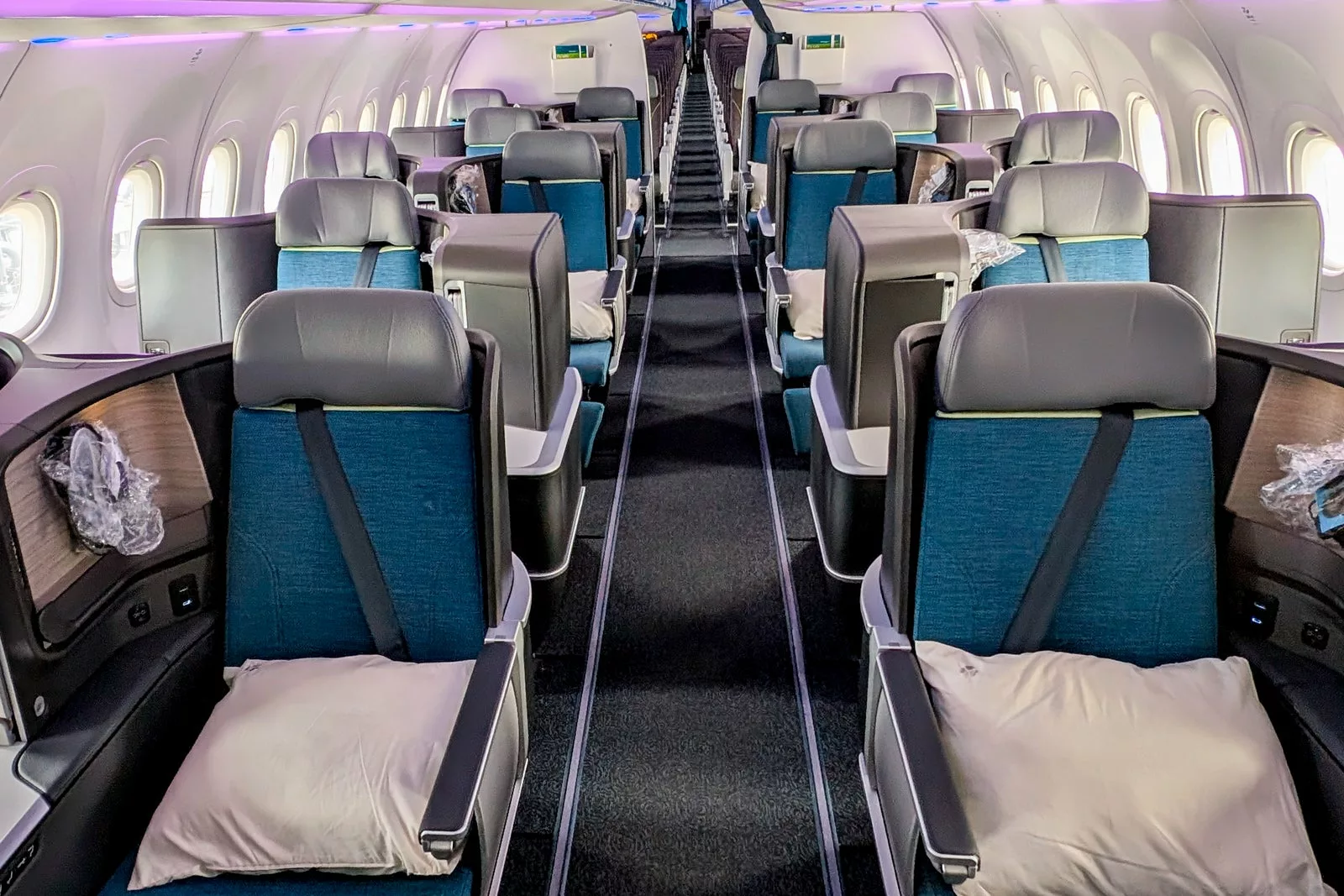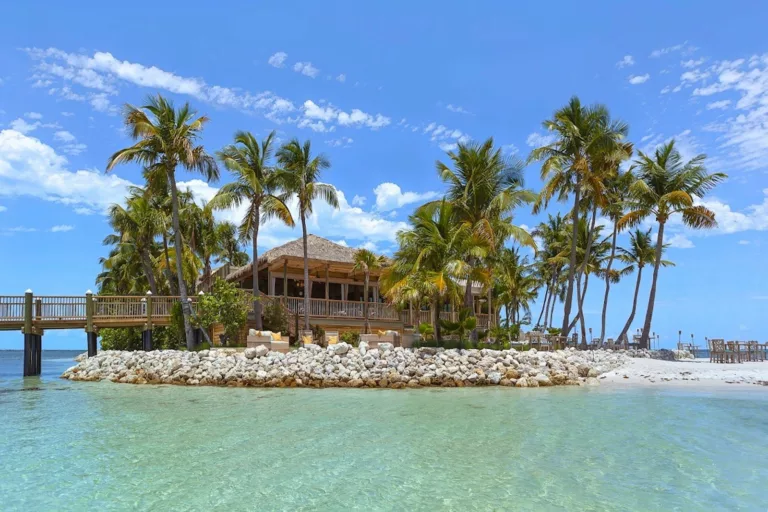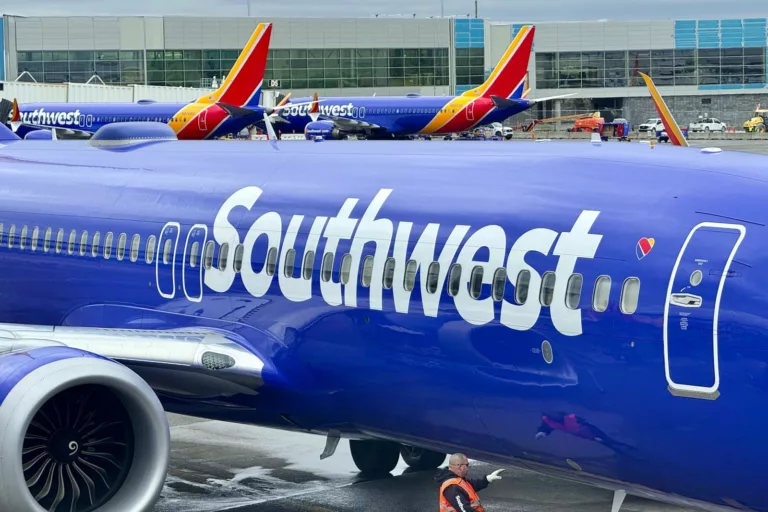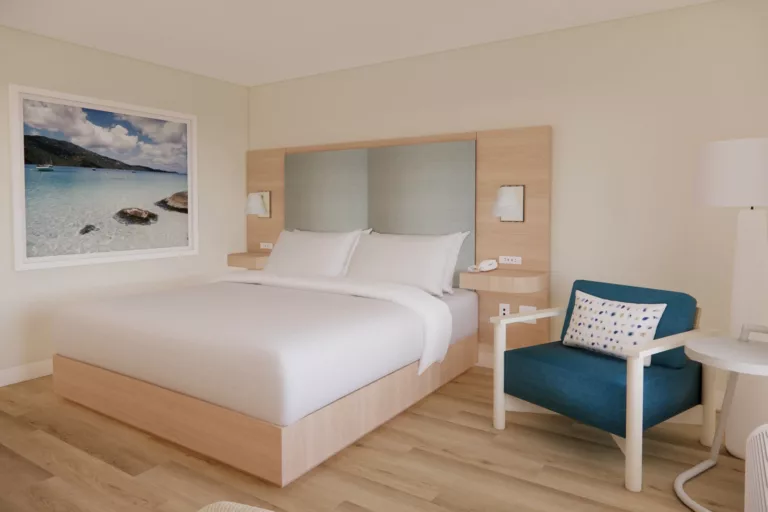Experience Aer Lingus Airbus A321XLR: A Journey to Ireland
The Aer Lingus fleet has recently welcomed the Airbus A321XLR, a cutting-edge aircraft designed for long-haul routes with a single-aisle configuration. The “XLR” stands for “Extra Long Range,” allowing this jet to cover distances comparable to larger wide-body planes while accommodating fewer passengers.
Curious about how Aer Lingus’ A321XLR compares to its sister airline Iberia’s version, I embarked on a round-trip journey from Minneapolis-St. Paul International Airport (MSP) to Dublin Airport (DUB) to explore the onboard experience in both business and economy classes, along with essential booking tips.
The airline took delivery of its first two A321XLRs in December 2024, with plans for additional deliveries. The aircraft is strategically utilized to enhance Aer Lingus’ U.S. route offerings, including new destinations like Nashville (BNA) and Indianapolis (IND), which are set to launch in 2025. The A321XLR is also replacing older aircraft on existing routes, such as MSP and occasionally Bradley International Airport (BDL) in Hartford, Connecticut. Notably, flights from Dublin to Nashville are estimated to take around nine hours, making it crucial for passengers to be prepared for a lengthy journey in a single-aisle aircraft.
Aer Lingus already operates a fleet of eight Airbus A321LR aircraft, which were delivered between 2019 and 2021. The new A321XLR maintains the same cabin layout and seating as the A321LR, featuring 16 lie-flat business-class seats and 168 economy-class seats, ensuring a consistent onboard experience with some technological upgrades.
The primary distinction between the A321XLR and its predecessor is its range. The A321XLR can fly approximately 15% farther—up to 4,700 nautical miles—compared to the A321LR’s 4,000 nautical miles. This extended range allows Aer Lingus to operate longer routes to the U.S. with a full load of passengers and cargo, enhancing the airline’s transatlantic capabilities.
One of the standout benefits of flying Aer Lingus from Ireland to the U.S. is the U.S. preclearance facility at Dublin Airport. After clearing Irish security, passengers heading to the U.S. proceed to a designated area in Terminal 2, where U.S. Customs and Border Protection officers conduct immigration and customs checks before departure. This means that upon arrival in the U.S., travelers can bypass long immigration lines and enjoy the convenience of landing as domestic passengers—a significant advantage, especially for those without Global Entry.
Following preclearance, Terminal 2 features a lively airside gate area, with Aer Lingus, American Airlines, Delta Air Lines, and United Airlines premium passengers, as well as select elite members, gaining access to the 51st & Green lounge. This modern space, designed for transatlantic departures, offers runway views, showers, and ample power outlets to charge devices before the journey. While the lounge may not be among the world’s best, it provides a comfortable space to wait for your flight.
Most Aer Lingus flights to the U.S. depart from the upstairs gates in Terminal 2, which offer a spacious waiting area with well-designed boarding lanes and plenty of seating.
In business class, the seating configuration alternates between paired seats (2-2) and solo “throne” seats (1-1). Passengers can select their preferred seat at no additional cost. The throne seats, located in rows 3 and 5, provide direct aisle access and enhanced privacy, making them ideal for solo travelers. However, those traveling with a companion may prefer the paired seats in rows 2, 4, or 6, though they come with limited storage and privacy.
All business-class seats are 22 inches wide, with a pitch of 46 to 47 inches, and convert into lie-flat beds measuring 77 inches long. The spacious overhead bins offer ample storage for cabin bags, and passengers receive amenity kits featuring skincare products from the Irish brand Jo Browne.
Entertainment options include an 18-inch 4K screen with Bluetooth audio, universal AC, USB-A, and USB-C power outlets, along with a selection of new movies. Business-class customers enjoy complimentary unlimited Wi-Fi, although the speeds may be slower than expected. Economy passengers can purchase Wi-Fi packages starting at €3.49 ($4) for messaging and going up to €20.49 ($24) for full-flight browsing.
Aer Lingus offers a range of beverages, including Jean Pernet Tradition Brut N.V. Champagne and a variety of premixed cocktails. Meals are served in multiple courses on real china with metal cutlery. On my flight to Minneapolis, I had the choice of three entrees, and snacks were available between meal services.
Currently, Aer Lingus does not provide a premium economy class on any of its aircraft. However, the economy cabin on the A321XLR features a modern 3-3 layout with improved technology. Each seat is equipped with a 12-inch 4K screen, Bluetooth pairing capability, and dual USB power outlets—an upgrade from the A321LR’s smaller screens and limited charging options.
The economy seats are 18 inches wide with varying pitch. Rows 16-21 offer a tighter 30.5 inches of legroom due to the addition of an extra rear lavatory, while rows 7-13 provide the more standard 32 inches. For optimal comfort, aim for the bulkhead in row 7 or exit-row seats in rows 14 and 15, which offer 35 inches of legroom.
Aer Lingus serves hot meals in economy, with options such as chicken and potatoes or vegetarian pasta, accompanied by sides like Greek salad and cheese mousse with mixed berries. A light boxed snack is provided before landing, and water and light snacks are available upon request during the flight.
The A321XLR features a dedicated full-size bathroom for business class passengers at the front of the aircraft, while economy passengers share three lavatories located at the rear. While one of these is comparable in size to the business-class bathroom, the other two are notably cramped.
For those looking to book economy awards, utilizing Avios through British Airways Club or Aer Lingus AerClub can be advantageous. Off-peak dates require just 13,000 Avios or 20,000 Avios on peak dates, with additional fees ranging from $123 to $154 one way. Cash fares can fluctuate significantly, making Avios redemptions more attractive during peak travel seasons.
For business class, Alaska Airlines’ Atmos Rewards program offers a cost-effective way to book shorter flights to Ireland, starting at just 45,000 points plus minimal fees. For longer flights like MSP to DUB, the points requirement increases to 55,000, but the overall cost remains lower than departing from the United Kingdom due to reduced taxes and fees.
In summary, Aer Lingus’ Airbus A321XLR excels in operating transatlantic routes without the need for wide-body jets while still providing a comfortable business class experience and an upgraded economy class. Travelers can enjoy modern amenities, power outlets, and the convenience of Dublin’s U.S. preclearance. With competitive booking options available, whether through Avios or Atmos Rewards points, the A321XLR presents an attractive choice for those planning a trip to Ireland.







